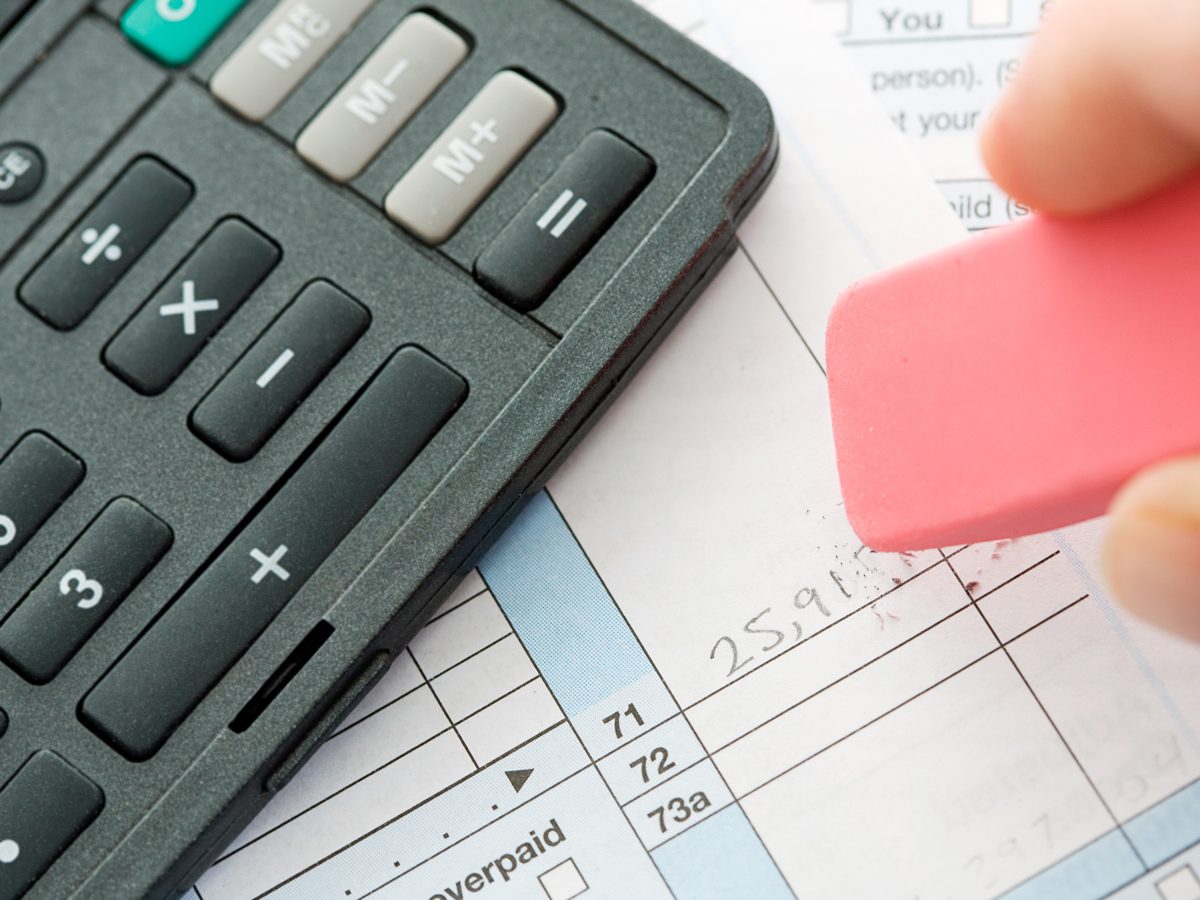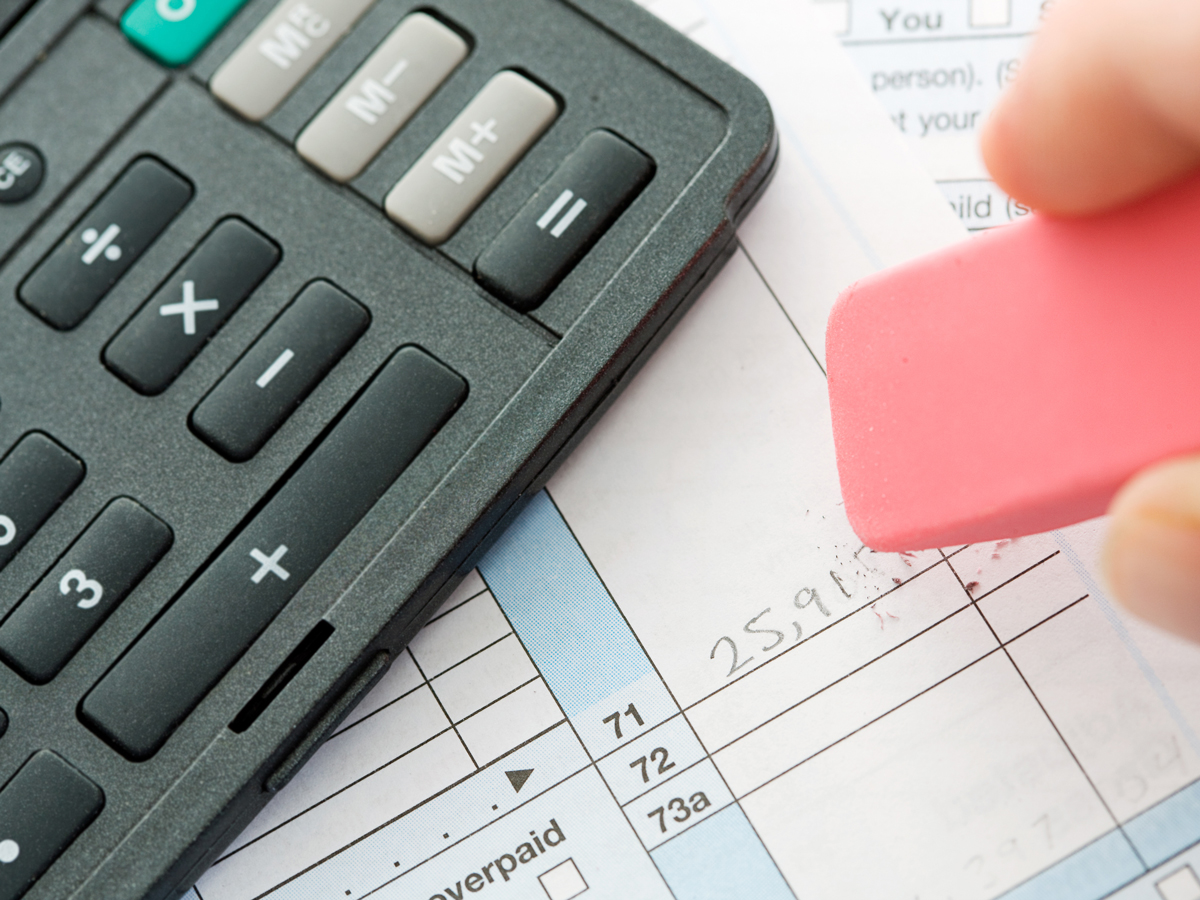
You’ve filed your tax return, but you forgot something. Now what?
 “Tax return adjustments are common and the CRA has set up options to try to make it as easy as possible,” says Bruce Ball, vice-president of tax for CPA Canada (Shutterstock/Sean Locke Photography)
“Tax return adjustments are common and the CRA has set up options to try to make it as easy as possible,” says Bruce Ball, vice-president of tax for CPA Canada (Shutterstock/Sean Locke Photography)
It happens. You’ve just filed your 2018 return and are busy congratulating yourself for meeting the deadline with plenty of time to spare. Minutes later, it occurs to you that in your haste to file, you forgot to claim your RRSP deduction—or to report that consulting work you did back in February of last year. What do you do?
“Tax return adjustments are common and the CRA has set up options to try to make it as easy as possible,” says Bruce Ball, vice-president of tax for CPA Canada. “In addition to making an adjustment for a deduction or credit you missed, you should keep in mind that you are required to report income even if you have already filed a return.” Where income is not reported, penalties are possible. [See T1 adjustments and voluntary disclosure program: what’s the difference?]
HOW TO MAKE A T1 ADJUSTMENT:
1. WAIT FOR YOUR NOTICE OF ASSESSMENT
As Warren Orlans, tax consultant and blog editor for TurboTax Canada, points out, “Once you’ve filed your return (mistakes and all), you can’t file a new one,” he says. “But you can make an adjustment [once you have been assessed].” There are at least a couple of reasons for this, he says. First, making a request too early could lead to unnecessary delays in processing time for both the original return and the adjustment. Second, CRA could adjust your original return for you. If you have forgotten to report income, you do need to make sure that you report it as opposed to waiting for CRA to find it.
2. KNOW YOUR DEADLINES
There are two timeframes to keep in mind if you need to adjust your tax return. The first milestone is the end of the three-year limitation period (usually the three years following the day your original notice of assessment for the particular year was issued). During this period, most adjustment requests are not subject to CRA discretion. In the case of adjustments that reduce tax or increase refunds, your entitlement to the adjustment must be clear as opposed to an amount that can be disputed by the CRA as other deadlines apply for tax disputes.
If you make a request for an adjustment beyond the limitation period and if the adjustment reduces tax or increases a refund, the adjustment is allowed at the discretion of the CRA. Note as well that a request must be made within 10 years. For example, as the CRA explains, a request made in 2019 must relate to the 2009 tax year or a later one to be considered. Typically, a tax reduction or increased refund will be allowed if the CRA is satisfied that it would have been allowed on the original return and the adjustment you are requesting is correct in law.
That said, not all refund or adjustment requests will be allowed. Two common examples where the request may be denied are adjustments for permissive amounts and provincial credits that are subject to other specific deadlines. A permissive deduction or credit is one where you didn’t claim an amount on purpose so that the unclaimed amount can be carried forward and used in a subsequent year (an RRSP contribution is a common example).
3. GATHER YOUR DOCUMENTATION
This could be anything from daycare slips to a T5 from a bank to RRSP contribution receipts. As Yen Duong, CPA, a manager with Zeifmans, a tax accounting and consulting firm in Toronto, explains, “If you have evidence to support a reduction in your tax and make a T1 adjustment, you will probably get money back.”
Whether you ask for an adjustment or not, you are required under the Income Tax Act to keep documentation for at least six years. This documentation will have to be filed with the request or kept on hand depending on how you ask for the adjustment.
4. DECIDE HOW YOU WOULD LIKE TO MAKE THE ADJUSTMENT
You can do it yourself or through an adviser, and you can do it online or by mail.
Online
- Via ReFILE
If you have certified NETFILE software that includes the ReFILE service, you can use the software to send online adjustments for the 2018, 2017 and 2016 tax years. Alternatively, you can ask your tax preparer to change your return using the EFILE certified software they use. Depending on the software, they can make changes for the 2015 to 2018 tax years. (Note: to use ReFILE, you must have filed electronically the tax return for the year(s) in question.)
There are some situations where you cannot use the service—for example, if you have a reassessment in progress. See What does ReFILE exclude?
- Via My Account:
If you have registered for CRA’s My Account service, you can make an online adjustment for the 10 previous calendar years. After signing in, simply click the “Change my return” option. Choose the tax year you want to adjust and enter line numbers and figures to correct or add information.
As Orlans points out, once you have asked for an adjustment online using either method, you can’t submit another request until the first one has been finalized. “If you have more than one adjustment to make, try to have all of your information ready at once and do it all in one shot,” he says. “You are allowed to make multiple adjustments all on one request.” Also, keep all your receipts and supporting documents in case the CRA asks to see them. Provide supporting documents only if asked to do so.
There are certain cases where you cannot use the Change my return function. For more info, see How to change your return.
By mail
If you prefer to submit your adjustment request by paper, fill out Form T1-ADJ, T1 Adjustment Request and mail to your local tax centre (the form has more information on which tax centre services you). Along with the completed form, you’ll also need to include any supporting documents (receipts, slips, etc.) for the entire revised amount. For more information, visit How to change your return.
5. WAIT FOR THE DECISION
Once you have asked for your adjustment, you will need to wait for processing. CRA says online requests take about two weeks, whereas requests by mail usually take about eight.
After processing you will receive one of the following:
- a notice of reassessment showing the approved change
- a letter explaining why the CRA did not make the changes.
If the CRA did not agree to your change and it involves your 2018 tax return, you can still object to the assessment. It may be possible to object to other years as well depending on the date tax was assessed.
Once you have gone through the process once, you’ll know how simple and straightforward it is.